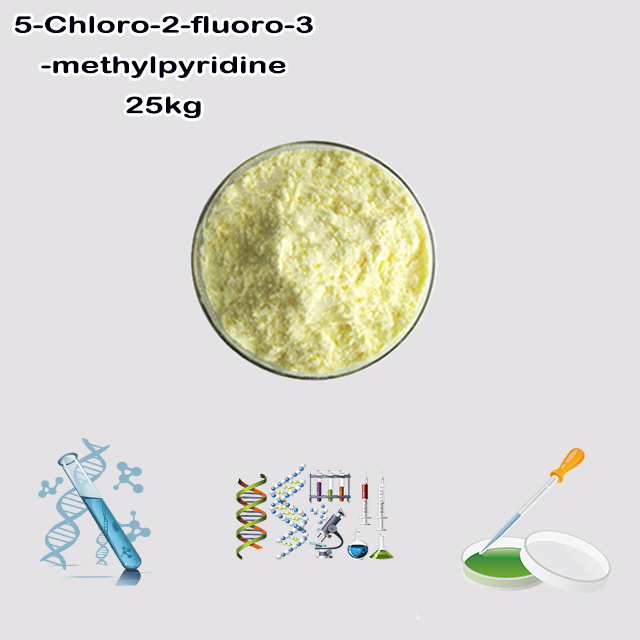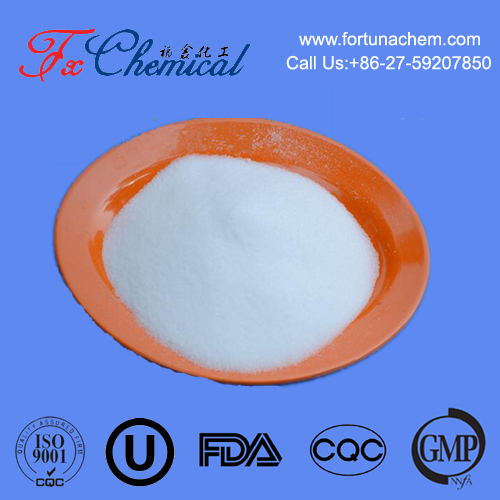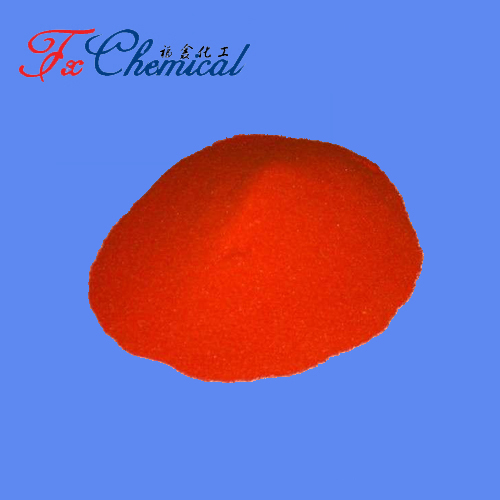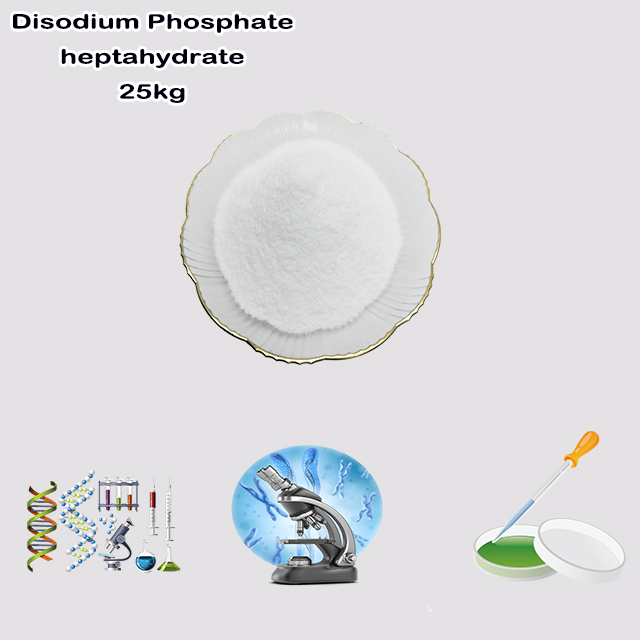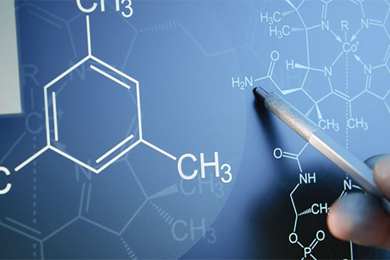
Search

Search

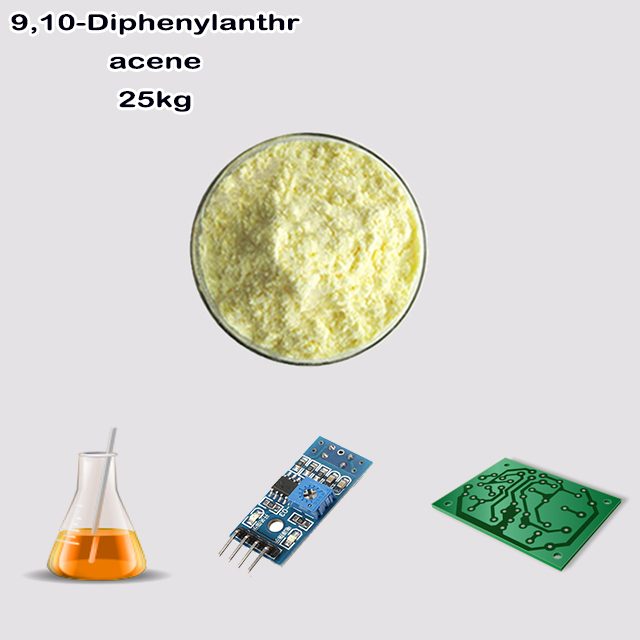

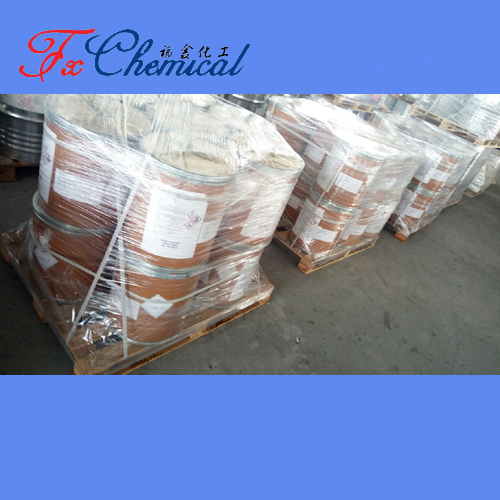
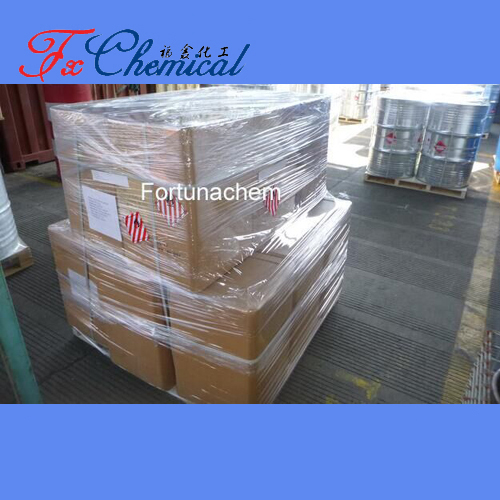
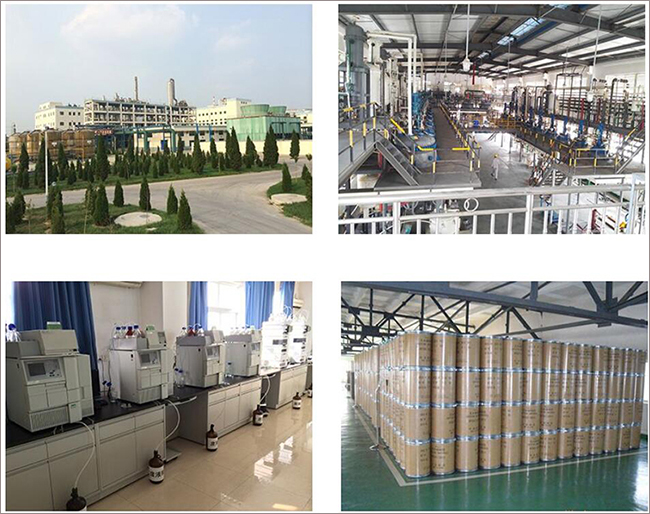





9,10-Diphenylanthracene (DPA) is a pale yellow, organic crystalline compound. It is highly fluorescent, emitting bright blue light under UV radiation. Its most important application is as a chemical actinometer, where its predictable light-induced reaction is used to measure the intensity of ultraviolet light with high precision. It is also a key component in scintillation counters, where it helps detect radiation by converting it into measurable flashes of light. Due to its stability and strong fluorescence, it serves as a standard in spectroscopy and is researched for use in OLEDs.
9,10-Diphenylanthracene (often abbreviated as DPA) is an organic compound and a derivative of anthracene, a well-known polycyclic aromatic hydrocarbon (PAH). Its structure consists of a central anthracene core with a phenyl group (a benzene ring) attached to each of the two carbon atoms at the 9 and 10 positions.
This specific substitution pattern fundamentally alters the properties of the parent anthracene molecule, making DPA a valuable compound in several scientific applications.
Appearance: A light yellow or pale cream-colored crystalline solid.
Fluorescence: DPA is highly fluorescent. When exposed to ultraviolet (UV) light, it emits a bright blue or blue-violet light. This high fluorescence quantum yield (meaning it's very efficient at converting absorbed light into emitted light) is one of its most defining characteristics.
Stability: The phenyl groups at the 9 and 10 positions sterically hinder and protect the central anthracene core. This makes DPA much more stable against oxidation and photo-degradation than unsubstituted anthracene.
Solubility: It is soluble in common organic solvents like toluene, benzene, and dichloromethane, but has very low solubility in water.
This is one of the most important and classic uses of DPA. An actinometer is a chemical system or device that measures the intensity of photon flux, or the number of photons in a light beam, particularly in the UV range.
How it works: DPA undergoes a specific, well-characterized photoreaction when exposed to UV light in the presence of a sensitizer (like benzophenone). This reaction is a [4+2] cycloaddition with singlet oxygen (¹O₂) to form an endoperoxide.
The measurement: The intensity of the fluorescent light emitted by DPA decreases in direct proportion to the number of photons absorbed. By precisely measuring this decrease in fluorescence, scientists can accurately calculate the number of photons delivered by a light source. This makes it a "gold standard" for quantifying light intensity in photochemical experiments.
Due to its strong and well-defined fluorescence spectrum, DPA is frequently used as a reference standard to:
Calibrate fluorescence spectrometers.
Compare and measure the fluorescence quantum yields of other, unknown compounds.
Study energy transfer mechanisms.
DPA is used as a fluor in scintillation counters. These instruments detect ionizing radiation (e.g., from radioactive isotopes).
Mechanism: When radiation interacts with a solvent, it energy is transferred to a primary fluor and then to a secondary wavelength-shifting fluor like DPA.
Role of DPA: DPA absorbs that energy and re-emits it as a photon of visible blue light, which can then be easily detected and quantified by a photomultiplier tube. Its high efficiency makes it excellent for this purpose.
As a stable and highly fluorescent blue emitter, DPA and its derivatives are researched as potential active components in the emissive layers of OLEDs for displays and lighting.
The reverse of its actinometer reaction is also important. Upon mild heating, the DPA endoperoxide breaks down, releasing singlet oxygen. This makes it a useful solid-state source for this reactive and useful form of oxygen in organic synthesis and medical therapy (e.g., photodynamic therapy research).
General Precaution: As with many organic compounds and PAHs, it should be handled with care.
Irritant: It may cause irritation to the skin, eyes, and respiratory tract.
PPE: Standard laboratory personal protective equipment (PPE) including gloves and safety glasses is recommended.
Light Sensitivity: It should be stored away from light to prevent unwanted photochemical reactions.
In essence, 9,10-Diphenylanthracene is a versatile and stable fluorescent molecule. Its paramount importance lies in its role as a precise chemical actinometer for measuring light intensity and as a scintillator for detecting radiation. Its bright blue fluorescence also makes it a valuable standard in spectroscopic studies and a candidate material for advanced optical devices like OLEDs.
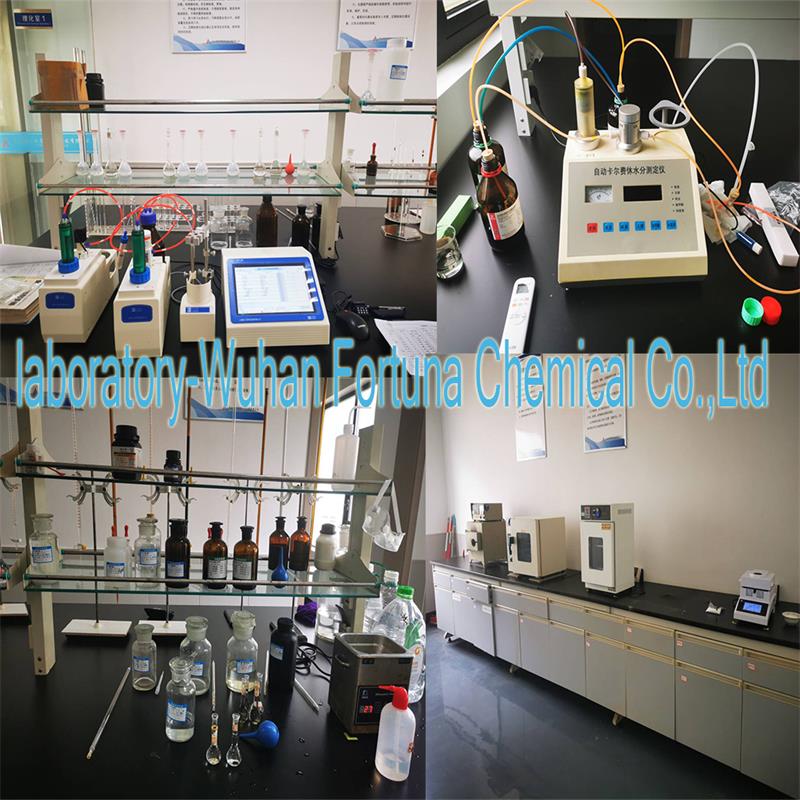



Fortunachem Provides Not Only Professional Chemical Products But Also Professional Help
Keeping you up-to-date with all the latest information, news, and events about Fortunachem!

Quick Links
Add:
E-mail:
 English
English  Español
Español  français
français  العربية
العربية 